May 30th 2022 - Monica Cunanan
How to Tell if a Watermelon is Ripe — Watermelon Facts
How exactly do you find that perfect juicy watermelon to combat summer heat? You can tell that watermelon is already ripe if its stem is not green, it has a firm yet "hollow sound", it has a field spot, and is generally heavy.
A fresh watermelon flavor, sugar content, and texture vary greatly depending on growing circumstances and storage.
Types of Watermelon:
Before we begin our guide, let's take a look at some of the variety of watermelon.
There are more than 1,200 types of watermelons out there, and they come in many different shapes, colors, and tastes (not all are sweet). Here are 3 of the most common watermelon variants that you get during watermelon season.


A Seeded watermelon –This is a basic watermelon that is round or oblong and weighs anywhere from 5 t0 45 pounds. From its name, it's known that these watermelons contain noticeable black seeds.
- A Seedless Watermelon –This is a hybrid watermelon that is popular due to its seedless nature. Seedless watermelons often have small and easily edible white seeds. Some varieties include Crimson, Bijou, and Jack of Heart watermelons.
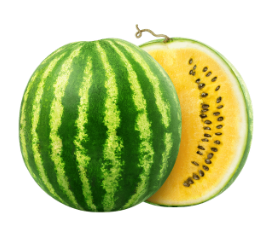
An Orange or Yellow Watermelon – The background colors of the skin of this variety is due to the lack of lycopene Some watermelon varieties that fall under this category include: Desert King, Yellow Baby, and Yellow Doll watermelons.
Unlike other types of summer fruit, you can't give a watermelon the sniff test to determine whether it's ripe and or has a sweet flavor. This article will show some of the best tips that can help you determine when a watermelon is ripe. So what are you waiting for? Let's begin with our first sign of ripeness:
(See more: Different types of Watermelons)
What to avoid first?
To lessen your choices, set aside and avoid watermelons that have the following:
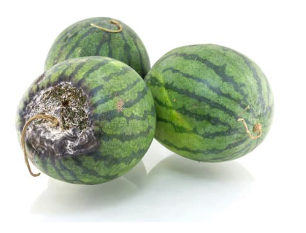
- Any watermelons that have cuts, dents, soft brown spots, dark spots or bruises
- With the exception of the "hollow heart" (a gap or three-pointed hole) as it doesn't affect the taste or quality of the watermelon.
- A white or green ground spot (the area where it sat on the ground as it ripened) You want it to be a buttery or creamy yellow color.
1. Check the Stem
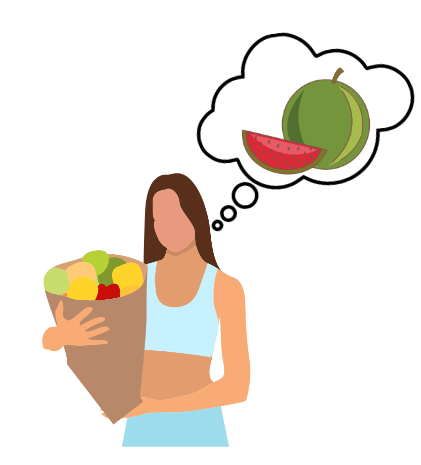
The first thing that you can look at to assess ripeness would be to observe the stem of the watermelon if it still has it. You would actually want one that is more on the brown side than crisp and dark green color.
A hard, green stem indicates that the watermelon was picked recently, but its greenness also means it hasn't had enough time to ripen.
2. Look for the "Hollow Sound"
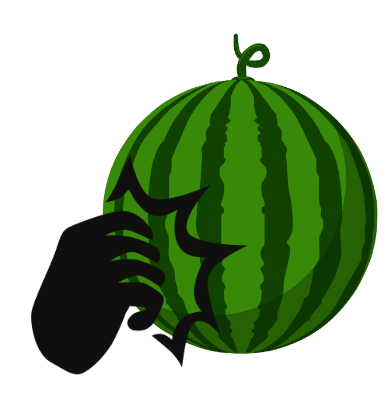
There are debates on whether or not a hollow sound indicates a watermelon's ripeness. Some people recommend lightly wrapping your fist on the underside of the melon and listening for a resonant, hollow sound.
This is meant to signify that the melon is fully ripe and ready to eat. According to this theory, you should pass on the melon if the thumping results in a dull sound or if the rind feels soft.
3. Lift it up and Feel the Weight
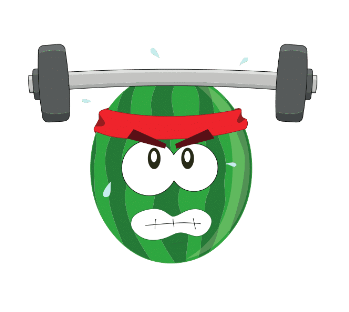 Another indication of a watermelon's sweetness and ripeness is heaviness. A heavy watermelon means that it has more water weight and is therefore juicier.
Another indication of a watermelon's sweetness and ripeness is heaviness. A heavy watermelon means that it has more water weight and is therefore juicier.
Watermelon is also known as an alternative healthy treat and its weight also determines its fiber and water content. When choosing a watermelon, go for the one that feels the heaviest for its size.
4. Check the field spot
To find the field spot of a watermelon, you need to turn a watermelon upside down. You should find a yellow spot, which is also known as the field or yellow ground spot. A yellow spot indicates that it spent more time ripening on the vine making it sweeter
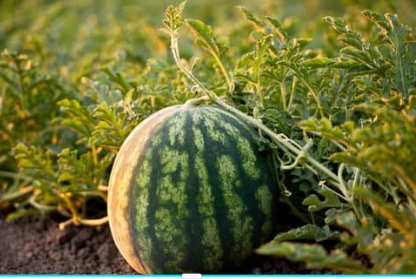
Whiter soft spots suggest that it was picked too soon and didn’t reach peak ripeness. Choosing a watermelon with a whiter spot means you will most likely end up with a plain-flavored one with less water content.
5. Assess its firmness
The last indicator you can use to know the ripeness of watermelons would be by checking their firmness. Press the watermelon to know the firmness which refers to the resistance of the watermelon rind to your touch.

A ripe watermelon should have a thick rind that doesn’t give easily when pressured. The ones that do are generally overripe. If you also scratch it with your thumbnail, you shouldn’t be able to cut through it. (A ripe watermelon's firmness should make it that the fruit should not be easily scratched).
There you have it! Now you know how to tell if a watermelon is ripe but continue to read to know some of the most intriguing facts about this juicy fruit.
Watermelon Facts
- Nutrition Facts
Watermelon is high in water, vitamin C and nutrients have low calories, and is delicious. Furthermore, it is a good source of citrulline and lycopene, two potent plant chemicals. It is also ranked as an anti-inflammatory fruit and lessens acid production throughout the body.
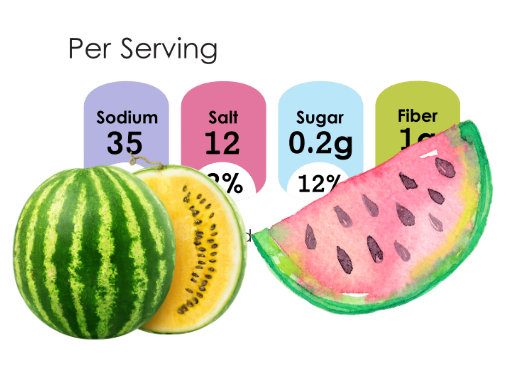
The seeds are also chock-full of amino acids and some trace minerals, which is why they are included in some plant protein powders.
- Health Benefits
Some of the possible benefits that watermelons include: lowering blood pressure, increasing insulin sensitivity, and reducing muscle stiffness. Watermelons are often eaten fresh, but they can also be frozen, juiced, or blended into smoothies.
- Reduce the Risk of Cancer
Like other fruits and vegetables, watermelons may be helpful in reducing the risk of cancer through their antioxidant properties.
Lycopene in particular has been linked to reducing prostate cancer cell proliferation.
- Watermelons last for how long?
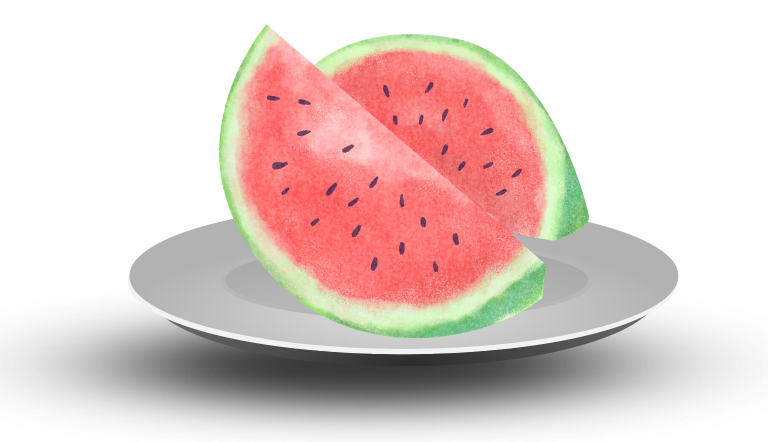
Watermelon is best eaten within a week of purchase at the grocery store because it is taken from the vine when ripe. It could last three or four weeks uncut if purchased fresh from the field or at a farmers' market.
Store it in a cool place if you can't consume it straight away. A sliced piece of the watermelon should be wrapped tightly in plastic and refrigerated in the refrigerator for one or two days.
- Skin Benefits
If you are looking for ways to have healthy skin, then you should try this sweet melon. Watermelon benefits skin health because it’s one of the top antioxidant foods available.
You can now take your knowledge about watermelons and apply it to other fruits as well.
Wondering how to cut a watermelon? Check this out: How To Cut Watermelon To Cool This Summer
Ready to Serve Fruits?
Impress your family and friends with your UPGRADED skills! Here at Culinary Depot, we provide the tools of the culinary trade for professionals and home cooks. Stop by and get all your watermelon cutting and presentation essentials here. Contact us to inquire about commercial kitchen equipment.

